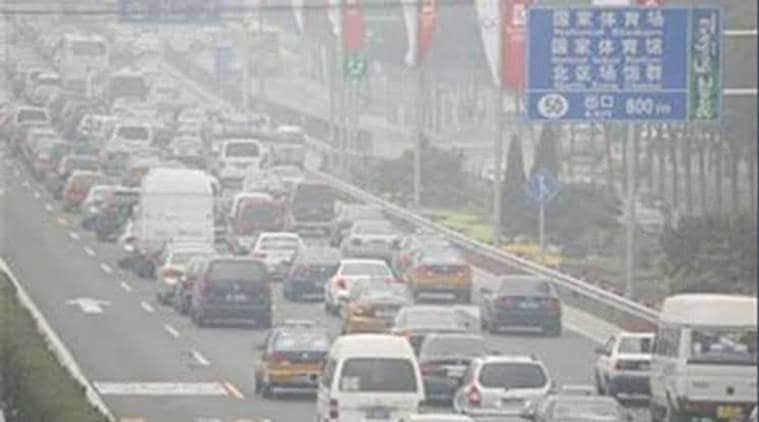 An AQI from 0 and 50 is considered ‘good’, 51 to 100 ‘satisfactory’ and 101 to 200 as ‘moderate’. An AQI between 201 and 300 is considered ‘poor’, 301 to 400 ‘very poor’ and 401 to 500 ‘severe’, while AQI above 500 falls under the severe plus category. (Representational)
An AQI from 0 and 50 is considered ‘good’, 51 to 100 ‘satisfactory’ and 101 to 200 as ‘moderate’. An AQI between 201 and 300 is considered ‘poor’, 301 to 400 ‘very poor’ and 401 to 500 ‘severe’, while AQI above 500 falls under the severe plus category. (Representational)
With the easing of lockdown rules and vehicles being back on the roads in the city, the Air Quality Index (AQI) marked a slight increase on Saturday – it stood at 55, which is ‘satisfactory’. On June 4, Mumbai had recorded its best AQI for this year at 17. For April and May, the AQI ranged between 17 and 29.
An AQI from 0 and 50 is considered ‘good’, 51 to 100 ‘satisfactory’ and 101 to 200 as ‘moderate’. An AQI between 201 and 300 is considered ‘poor’, 301 to 400 ‘very poor’ and 401 to 500 ‘severe’, while AQI above 500 falls under the severe plus category.
“The first two weeks after the lockdown rules were relaxed were rainy days, which washed away particulate pollutants. Also, the difference between the ‘good’ and ‘satisfactory’ category of AQI is very small and doesn’t pose a health risk. Overall, the good to satisfactory category is expected to continue during monsoon,” said Gufran Beig, director, System of Air Quality Weather Forecasting and Research (SAFAR).
According to the analysis by SAFAR, Mumbai witnessed a 60 per cent increase in nitrogen dioxide (NO2) levels (from vehicular emissions and fossil fuel burning) compared to levels recorded during the fourth phase of the lockdown. NO2 levels are mainly controlled by its major source of emissions — vehicular traffic. SAFAR compared pollution levels between June 1 and June 14 with those recorded between May 18 and May 31, for Mumbai, Pune, Ahmedabad and Delhi.
A sharp decrease of 77 per cent in NO2 levels was observed during the lockdown period (March 25 to April 19), compared to the week before the lockdown came into force.
In the same period (June 1 to June 14), Particulate Matter 2.5 — the tiny particulate matter which is less than 2.5 microns in diameter and can enter deep into the lungs and even the bloodstream – saw a reduction. Pune recorded the highest decline (40 per cent) followed by Mumbai (35 per cent), Ahmedabad (20 per cent) and Delhi (5 per cent).